Sharing Tools for Measuring Impactful Technology Use
Digital Promise
NOVEMBER 19, 2019
As access to technology becomes increasingly commonplace in schools, discrepancies continue to emerge concerning not whether technology is being used, but how it is being used. Indicators of impactful technology use. The ITU Rubric is structured around two dimensions: frequency and proficiency.






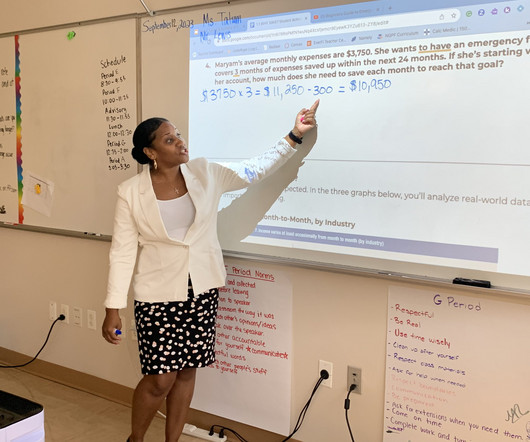



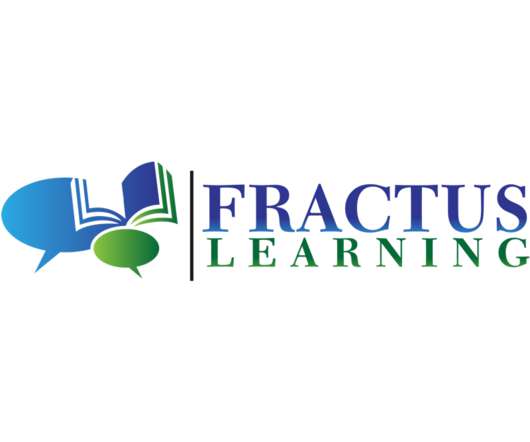




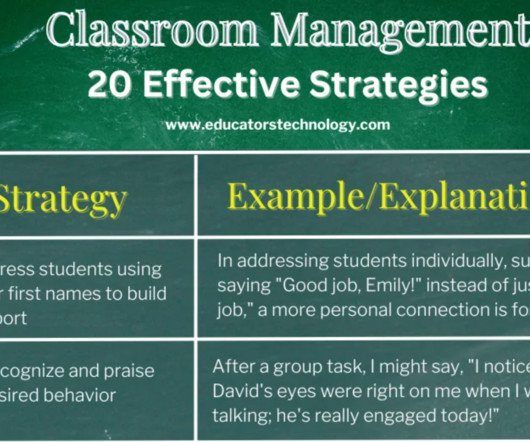
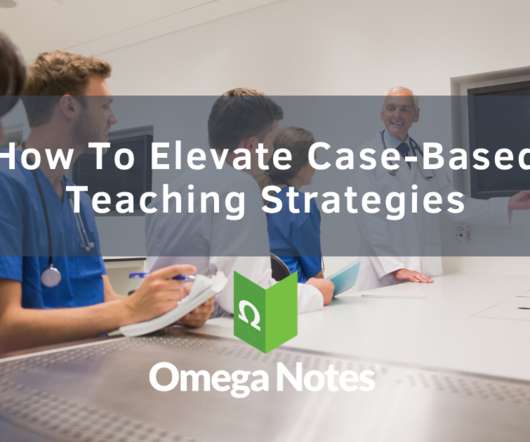
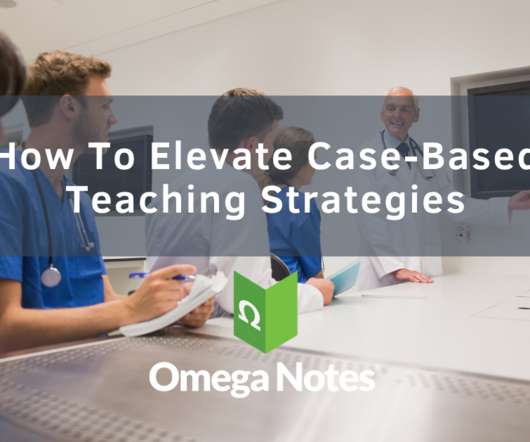
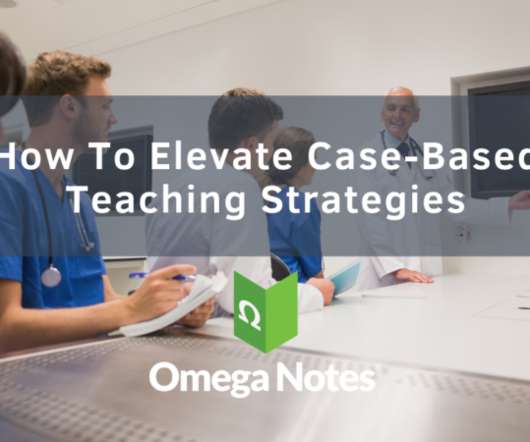


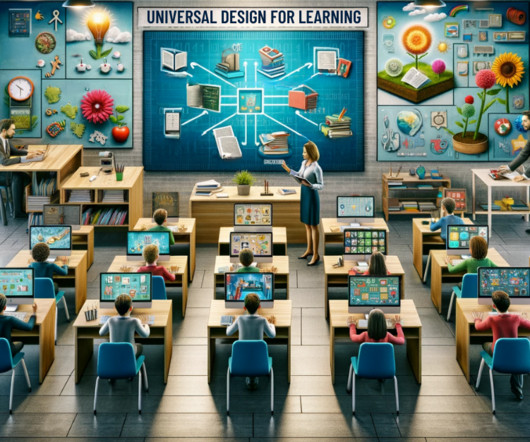











Let's personalize your content